ORG is an interactive sound installation, built to catch an stream the song of a mountain.
Its playing mode are driven by the sun and the moon.
Org is an instrument in the muscial sens and also in the sens of it's possibility to instruct us.
It as been construct to make a link between nature and man, eath and sky, sun and moon.
Humans have ability to create links. However, the nature / culture ratio creating a fictitious border between man and nature, places us in front of the emergency of inventing new forms to listen, to forge links, with ourselves, and the world.
One of the specificities of Art is to communicate from imaginary to meaning, to make a connection. The construction of arches, symbols of resistance and bridges makes it possible to think of transversal modes of communication.
During the visit of an abandoned industrial site in Charleroi, the vision of functional objects defunctionalized has inspired me the idea of imagining a new space for expression, a new function to stream poetry in the sky within a living natural environment.
Built by and for a natural ecosystem, the ORG reflects this desire to reconnect with nature. It was designed to capture and stream the song of a mountain within the Baronnies nature reserve in Drôme Provençale.
The ORG is composed of eight modules set in a sawtooth pattern and two staircases placed on either side of the setup, one is the brain of the installation, the other is the subwoofer, for lowest frequencies.
The brain of the installation is made up of a meteorological station measuring wind, temperature, hydrometry, light and rain. This system is attached to a computer program composed of different instruments that can be played by the elements.
The instrument has three modes of use:
- an autonomous mode: driven by the sun through a light sensor, sound during the day, light at night, driven by the moon algorithmically in its pulsations: playing time and silence, human can connect through hand contact),
- a source mode (direct connection with the instrument),
- a memory mode (navigation of what has been recorded during source mode).
The source mode is mainly explored during residence times (Study of the Equinoxes – September 2021) allowing to experiment with the possibility of the instrument to evolve according to humain interactions
Please highlight how the project can be exemplary in this context
The DNA of the project is a logic of sustainability and adaptability. Through the interpretation of objects seen in an abandoned factory, in the ruins of the industrial world, ORG marks the desire to re-functionalize these objects by adapting them to a new song, a transposition in the fields of poetry and music. ORG is inspired of the working class as a fundamental vector in the construction of the in common. ORG shows us how it is possible to create mutations, from a industrial site to a wild environment, through poetic practices, concretely expressed into practice in nature.
Therefore, ORG leads us to reinvent ourselves, to adapt to the environment in which it exists, it invites us to think about the preciousness of all resources.
Art teaches us about the question of resistance by allowing us to make links between generations, between them and time. Thus, the choice of materials has been designed to be able to last as long as possible, in line with the natural ecosystem in which it is applied.
The choice of location implies the use of durable materials, capable of resisting over a long period of time. The extremely resistant lava stones of the central massif, the metals are made of 316L stainless mirror polished in Lyon (diffract the light to avoid a temperature rising and reflect the fauna and flora colors). The choice of local production (regional entrepreneurs, local artists, choice of local materials) meets the requirement for a more sustainable development of the artistic experimentation work.
During the artistic residency, particular attention was paid to the sustainable management of an event: dry toilets, solar showers, cooking with local products, waste management. Everyone's contribution allowed a real autonomy of the base camp.
Please highlight how the project can be exemplary in this context
The aesthetic objectives are to follow the tradition of mimal sculpture, and also, further from us, that of the stone circle. It is therefore a question of continuing the work of our elders by bringing to it the questions and the technology of our time. This allows us to introduce a bio-mimetic approach like that of the luminaires, as well as a dynamic character of the installation.
The sound spatialization offered by the instrument makes it possible to deploy real soundscapes, which invite us to move around, to explore the installation and to understand what makes it up and how our body as a point of view modifies what we hear, depending on the where you are.
At the level of the proposed experience, it is a question of placing the human being in front of a space in which he has to be in full consciousness. A new experience, which puts us in this state of special attention where everything counts, because we cannot use our memory.
The objective of ORG is to make live the visual and sound experience of nature and not only by the functional idea that one can have of his body. The wind is no longer only felt by the touch on the skin or by the cold but transposed into sound vibrations emitted by the instrument. ORG allows you to experience what could be the sound of temperature, of the wind, of the hydrometry, through the sound compositions streamed thanks to the meteorological data. It's about giving voice to the elements, creating multi-sensory links with nature. In the same way, the luminous communication of moonstones, animated by sounds, coming from the elements, brings us back to a visual experience of fireflies. The color of the stones was chosen for its resemblance to the bioluminescence of fireflies. ORG makes it possible to visualize a sound by the flashing of moonstones. ORG proposes to make the bridge between men, the sky, the moon, the sun.
Please highlight how the project can be exemplary in this context
A multidisciplinary team and a diversity of universes have been mobilized to work together to deploy a sensitivity of the in common.
The metal frame was built in Lyon thanks to the expertise of welders from the company Patel industry, leading them to work on an artistic work, far away from their usual work for the nuclear industry. The Lava Stone pieces were cut by craftsmen located in the central massif. The foundations and the setup of the instrument were built by a team of regional contractors. The computer program was developed by the artist Raphaël de Staël and allows the elements to sing.
During the residency, the choice of artists was made with a concern for gender balance, a strong desire to enhance the place of female musicians in the world of experimental music. The choice of geographical parity between regional actors was also chosen. It was also important to highlight the actors of the Lyon underground scene, (possibility to give visibility to young artists, sometimes far from the world of artistic art).
The choice to open ORG to the public during the residency was driven by the desire to offer a cultural, artistic and sound offer, in a rural area and more particularly in a place usually not very accessible for the world of culture. The creation of videos has been designed to be able to share with as many people as possible.
The inclusive dimension of ORG also involves the particular attention paid to the integration of natural elements as project stakeholders. The location of the instrument has been designed according to sunrise and sunset, therefore more broadly the cardinal points. The materials and their surface treatments have been chosen to reflect the environment. The metal parts change colors according to the color changes of the sky and the plants with the rhythm of the seasons.
Although the installation is monumental, thanks to this work of inclusion of the environment, it becomes discreet and integrated.
Please highlight how this approach can be exemplary
ORG project invites us to experience nature, with our body, in resonance with our interior topographies, and in the midle of exterior natural topographies.
First of all, it invites everyone, whatever their background, to experience the aesthetic, sound and visual nature. This sensory approach, beyond the functional approach of the body, invites us to communicate directly, in real time with nature. This ability ultimately allows us to integrate a human and non-human community, open to all, beyond language. The aesthetics of the work, by its detachment from the functional to get closer to the free experience, carries a strong inclusive dimension: that of decompartmentalizing access to the sensitivity of nature and the arts. ORG, in its essence, is made for human contributions, whether artistic or related to its production. It is the human and non-human interactions that make it possible to give it substance.
This perennial and experiential installation is also attached to the notion of durability, in the sense that it imposes a real search for harmonies. A high level of intuitive analysis is required to be able to establish it in a given territory and ultimately allow it to be understood, heard, felt into its specificities. Its ability to last over time allows everyone to be given enough attention to experience it. The idea of transmitting the sound memories of ORG completes this search for inclusiveness and openness to all. The questions that the ORG answers can be summarized as follows: how to reveal the aesthetics of a natural space, tangible for all and sustainable over time?
Although it incorporates a strong technological dimension, ORG is part of a long tradition of artistic expression in nature. It is reminiscent of the Land Art installations developed from the end of the 1970s, however, we can also find an affiliation with megalithic stone constructions and radio telescopes.
The objective of building a permanent instrument on a mountain, led us to integrate the difficulties related to the wide latitude of temperatures, the speed of the winds as well as the strong sunshine in summer. The song of the instrument is based on these different forces. The challenge has been met since the entire installation, launched in November 2020, has gone through two winters and is still fully operational.
The organization of a first residency last September opened up the ORG to other musical practices. Sixteen artists offered sound performances on the instrument with the ecosystem. This work has enriched the sound memory of the instrument, but also allowed us to live in community and thus experience living together. The ORG has become a place that connects in the elements and with the public coming to share this experience. Hundreds of guests were present.
Although the ORG is off the beaten track, it has already been studied in the Space Brain Laboratory of the Institute of Contemporary Art in Villeurbanne, where the 1st metamorphosis was shown. Red Bull Music Academy also made an article about it to present the first concert performed on the ORG. Vincent Moon, one of the curators of the residence wrote an article on this time of work, and experimentation.
Please also explain the benefits that derived from their involvement.
First of all, in this project, civil society must be understood as all the actors whose field of expertise does not fall within the plastic or sound arts.
Several players have contributed to its design from the outset of the project. Firstly, the choice of the location results from the desire of the sponsor, to make a mountain that is dear to him, that of his ancestors, sing. A research work was carried out in consultation with the artist Vahan Soghomonian, and with the support of a local study office, to propose a permanent installation on this territory, taking into account the shared wish to respect the character wildness of the place (limit as much as possible a transformation of the present nature, for example: do not cut down trees).
The design chosen for the ORG also results from a consultation with the sponsor as well as with the various partners of the project, in particular the company Patel industrie. The importance of the affordability of the installation led Patel Industrie, to make the know-how of the company's welders available free of charge. The involvement of the welders is a discreet nod from the artist to promote industrial knowledge by bringing it to poetry, to produce without seeking monetary profit.
In the implementation of the project, the various feedback from the neighboring populations made it possible to proceed with adaptations of the sound production of the ORG, with a view to respecting nature and the beings that compose it (sound level according to the times of the day).
The participation of civil society in the implementation of the ORG was crucial since it made it possible to assess the importance of adapting the installation to the site on which it is deployed. The involvement of the owner of the place has increased the level of vigilance regarding the need to respect a wild natural place thanks to his knowledge and experience related to the topography of the territory.
ORG project is part of a strong desire to give body and voice to nature, in particular thanks to the experiential tool. ORG focuses on the beauty of nature and its ability to contribute to the definition of beauty. Nature is placed at the heart of the plastic and sound work to demonstrate its beauty and the importance of its preservation through the universality it exudes. It is no longer just a question of denouncing but of showing through the positive the importance of its preservation. The songs emitted are intended to offer an essential sensory tool in everyone's ability to understand and be one with nature. What could be more logical than to first understand, at a local level, what nature really is? by experience and no longer just by technical knowledge. It is a question of restoring the value scale of the understanding of nature, is it not first of all sensory? Can we really understand the current climate issues, impacting nature, without having experienced them? ORG work aims to give a first understanding how we can connect with nature.
From this understanding, it is then possible to think of ORG no longer as a single artistic product but more as a medium between culture and nature. Far from the consumption of classic artistic projects, it is a question here of thinking: sustainability, preservation and evolution. Understand the past, capture the present and pass it on to future generations.
How? 'Or' What ? in particular through the organization of artistic residencies open to the public and conceived as a school of thought and experience. The residency organized in September 2021 was thought of as a place of openness and mutual enrichment, between us and with nature. The artistic event is first thought of in its sustainable nature and no longer as a place of consumption. It is a question here of showing that the impact of man can also be thought of as a source of creation and no longer only as a factor of destruction.
ORG project is innovative in several aspects: human, plastic and technological. First, ORG was produced with the help of a multidisciplinary team made up of: artists, engineers, citizens, metallurgical workers, masons. It is a project designed as an ecosystem of actors whose promotion is closely linked to the diversity of stakeholder profiles. It is no longer just a piece thought out above ground but more of a piece that evolves according to the contributions of the actors who participated in the design and production of the project.
In addition, the realization of ORG is innovative in the sense that it imposes a transposition of the museum practice to a artistique practice in direct cohesion with nature. For the project team, this is an unprecedented experience in their way of working. The choice of the location (a wild natural site, at the top of a mountain), the climatic conditions, contributed to the need for adaptation of the production teams. For example, it was essential to respect the natural character of the place, not to distort it but to reveal its beauty. For this, the team had to constantly readapt its construction practices.
Due to its permanent location on a natural site, ORG explores the sustainable and evolving dimension of a visual and sound art installation in different contexts of implementation. ORG is the mutation of an installation initially shown in a museum (Institut d’Art Contemporain de Villeurbanne). It distinguishes itself by offering an evolving sculpture and sound work in an outdoor and rural environment. The creation of a community around the project, the importance of nature as a stakeholder, made it possible to think of it as a continuous performative work.
To do this, research and development work had to be carried out. ORG is composed of high technological elements such as: sensors, a meteorological station adapted on this project.
Please provide clear documentation, communication of methodology and principles in this context.
ORG is a continuation of work already shown for the Contemporary Art Institute of Villeurbanne in which ORG was proposed in an urban built environment (museum). ORG, presented here, is its transposition in a different environment: outdoor, natural and wild. The research and development work, design of this installation has been thought out so that the ORG is easily reproducible in a different environment: urban / non-urban, difference in climate, interior / exterior. The hardware and software tools used can be transposed to another similar project in a different place.
ORG is designed to capture and emit the song of nature in its diversity, in complex and different territories. The tools made available: sensors, weather station are reusable regardless of the location. The underlying objective of this ORG and a fortiori of the 1st ORG, as they have been designed, is to develop a capacity for networking orgs, creating bridges between different natural/urban/rural environments and thus enriching the modes of communication between them. Make nature sing wherever it is by going beyond land borders and bringing politics back to its ability to allow living together.
Here there's links to videos of the project.
https://vimeo.com/458949194
https://vimeo.com/647303680
https://vimeo.com/647313852
https://vimeo.com/652960331
https://vimeo.com/458955628
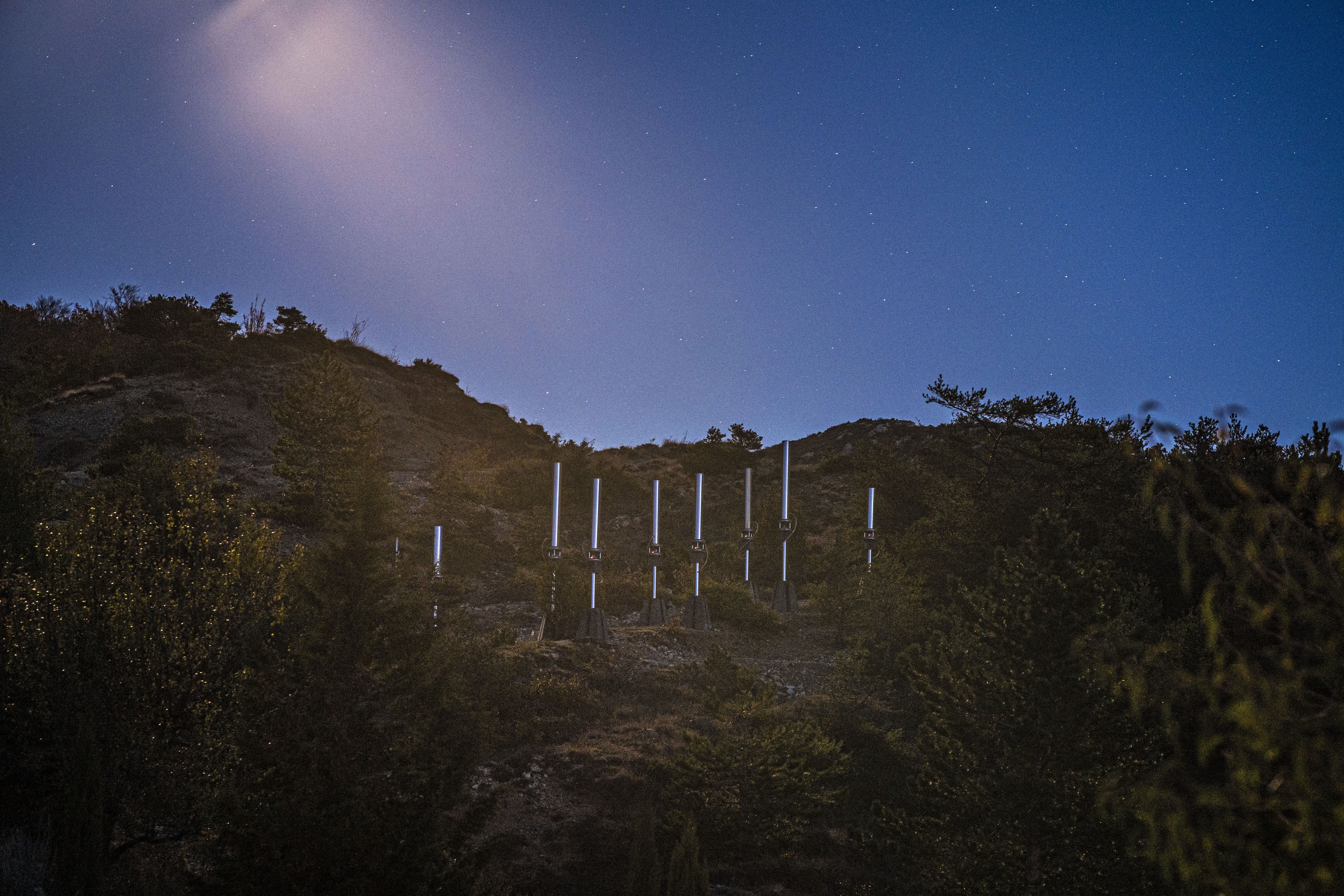
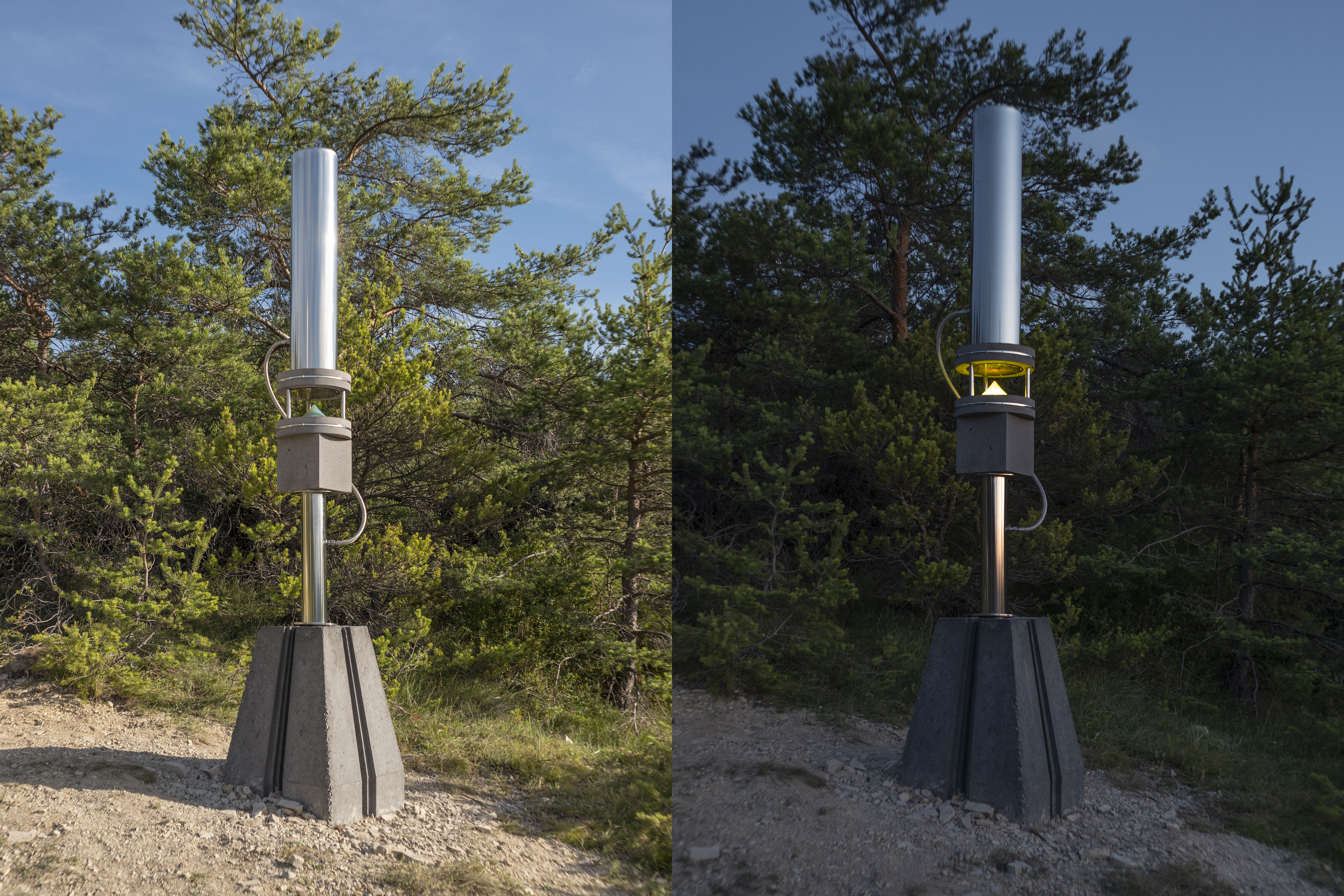
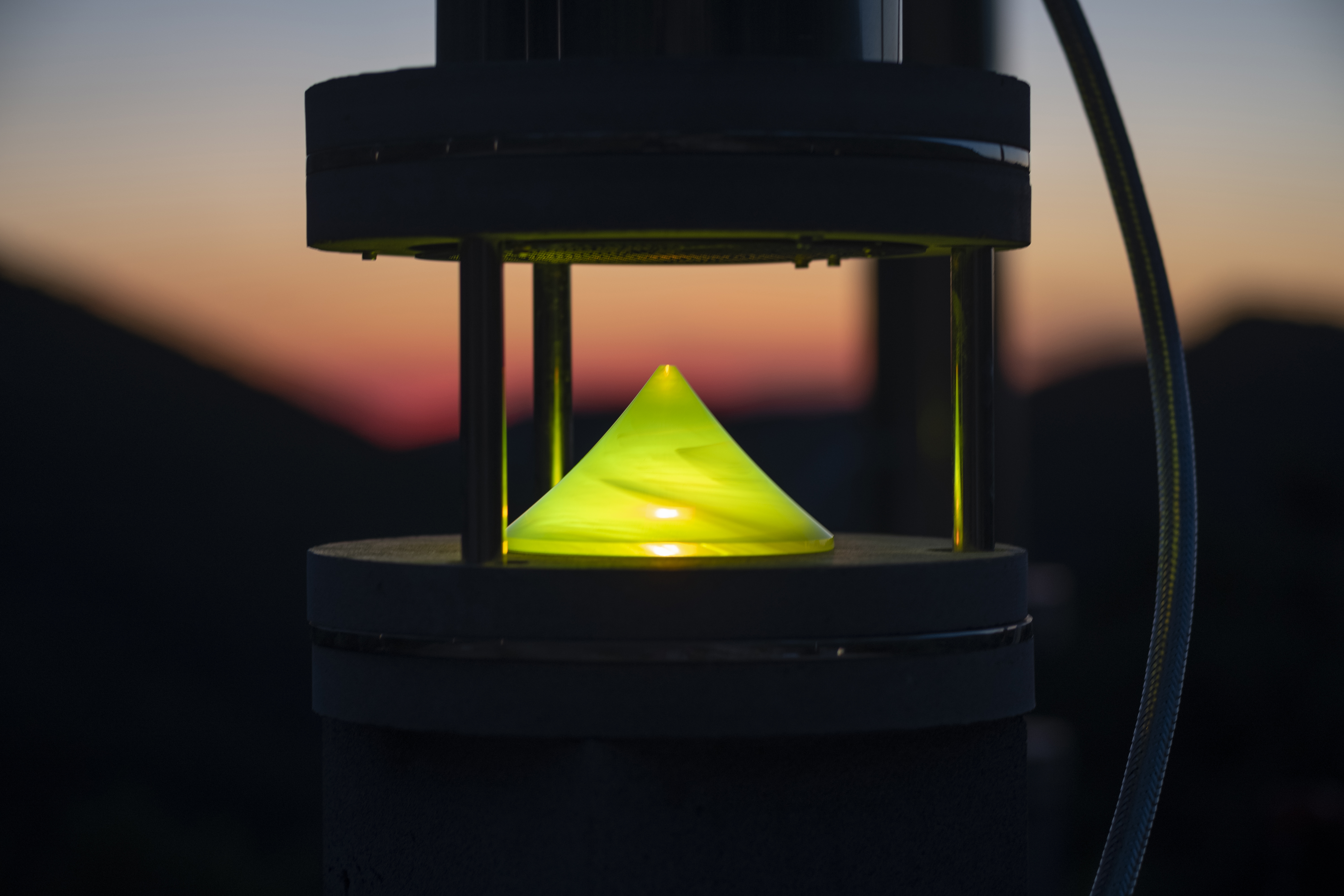
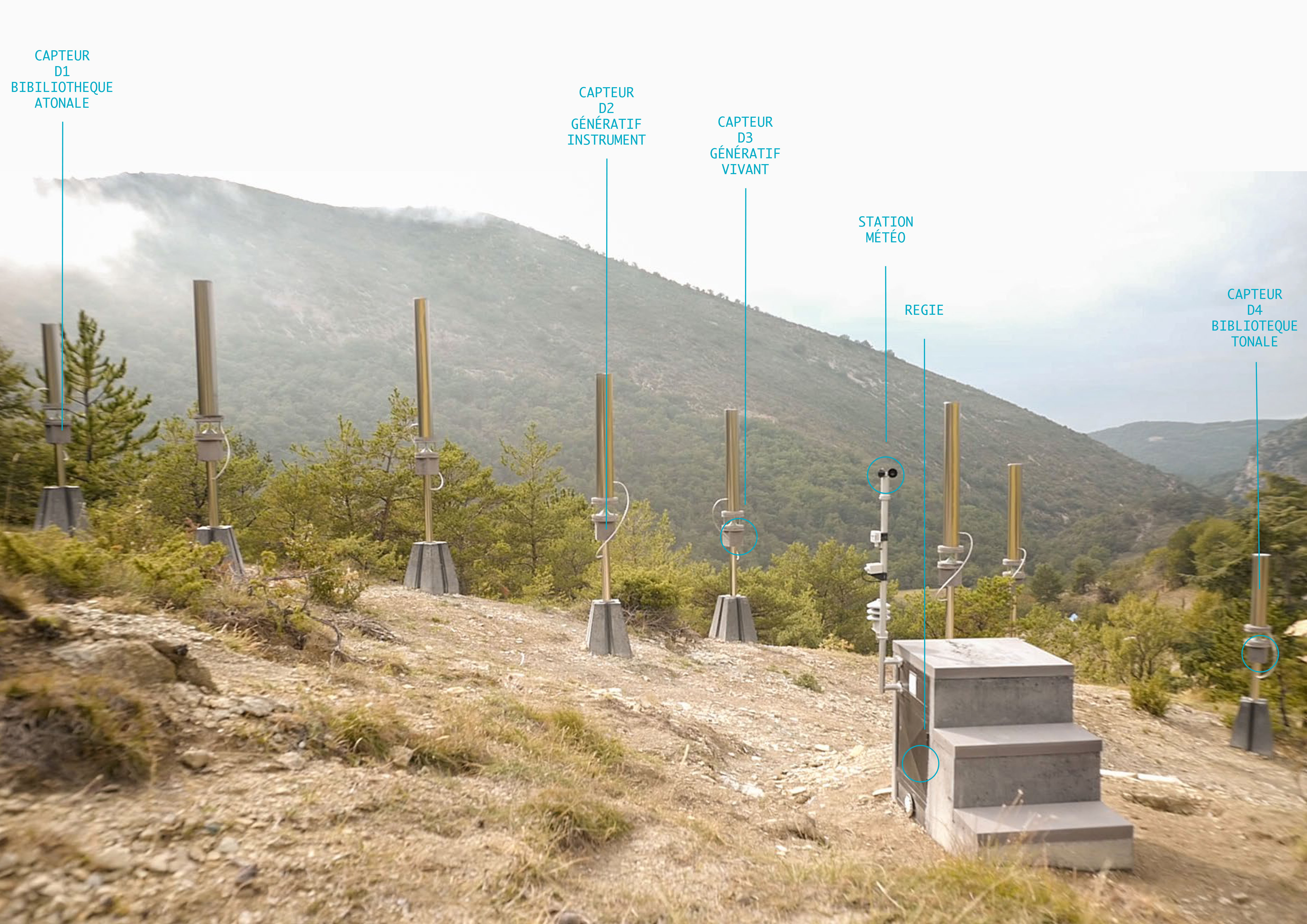
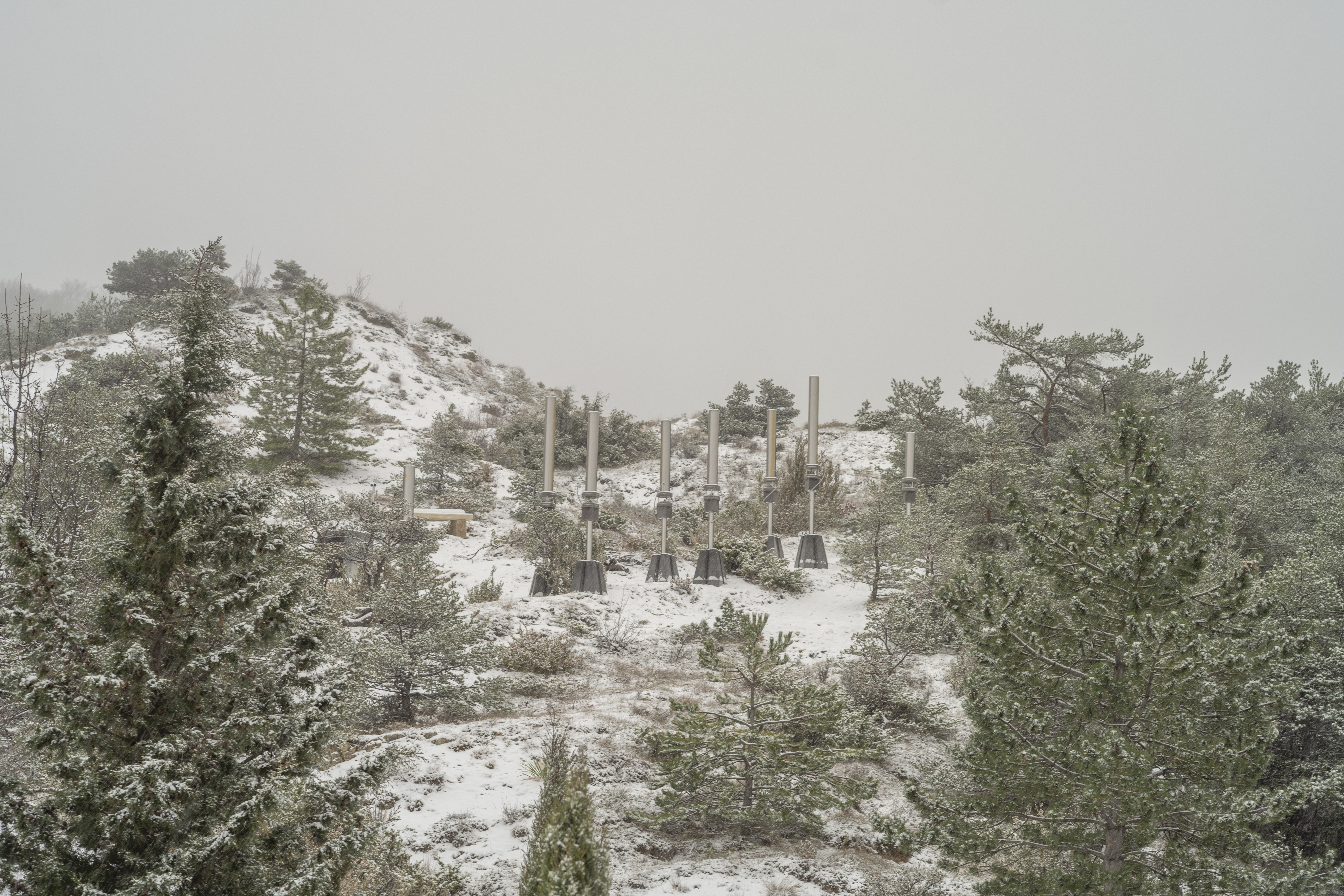
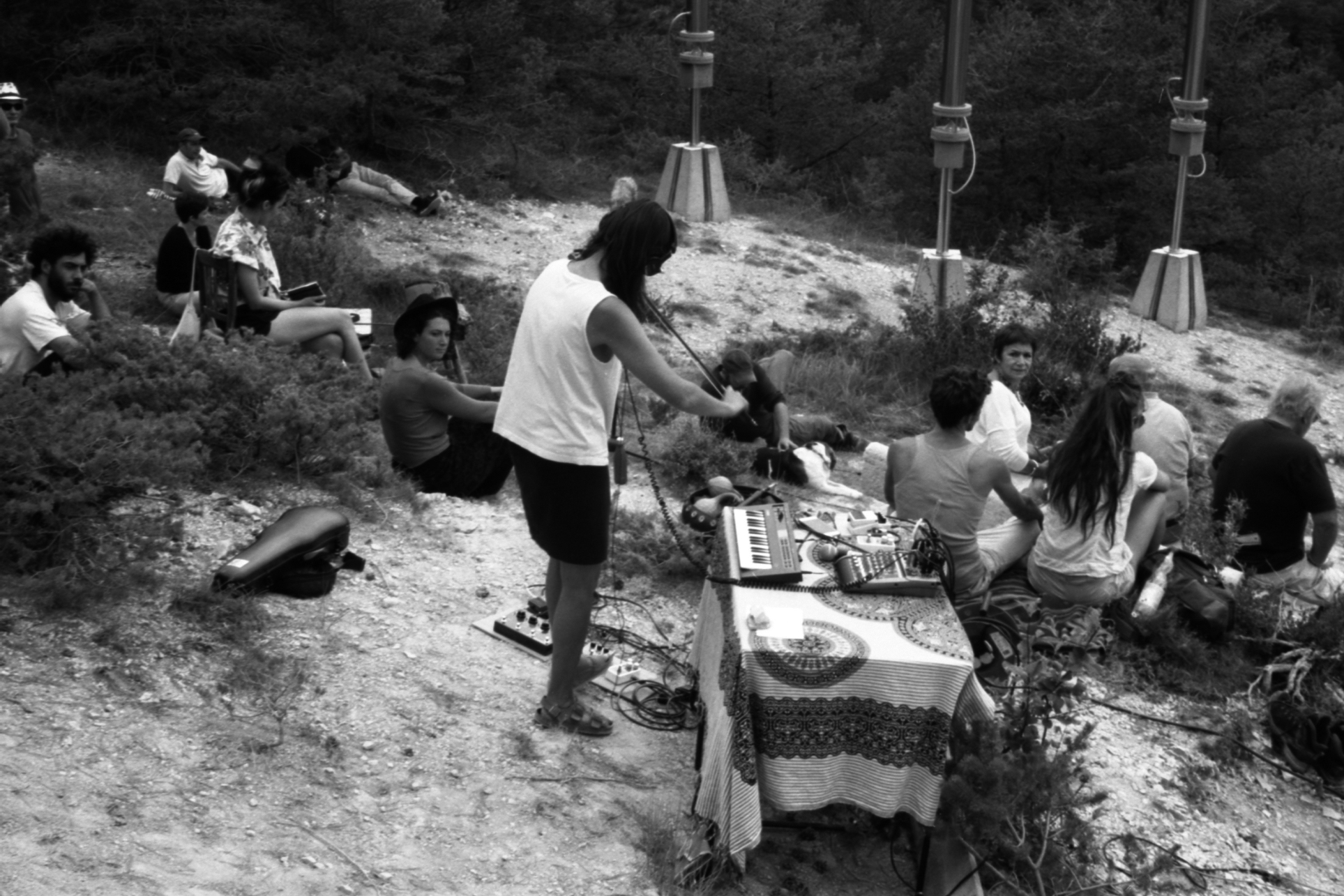
@VahanSoghomonian, 2021
Content licensed to the European Union.